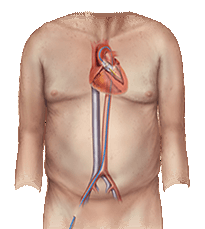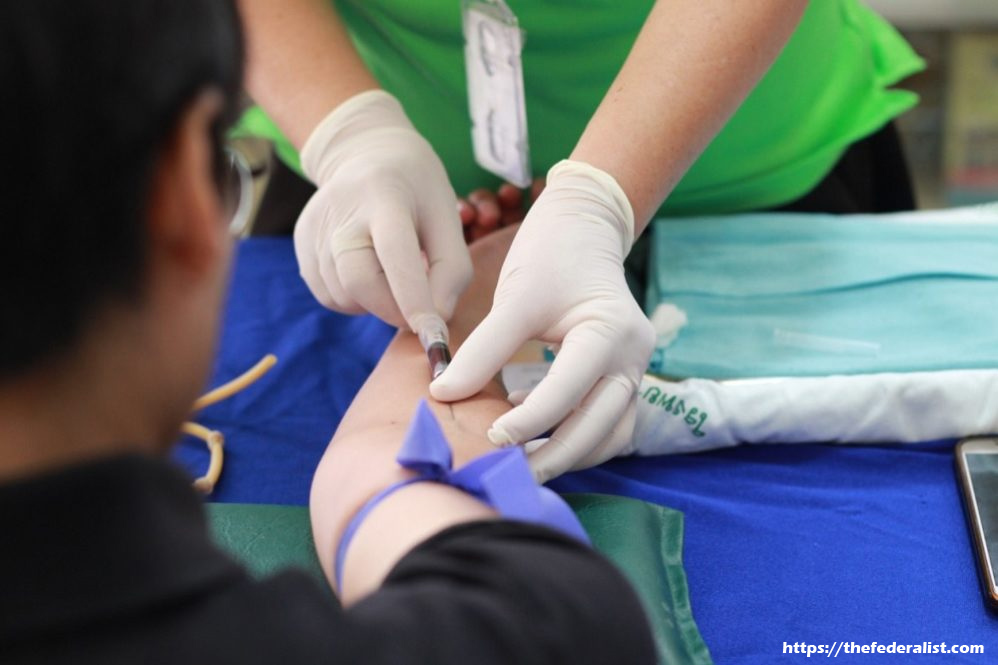
You may never have thought about valvular heart disease before, but the moment the doctor gave this diagnosis, suddenly it’s all you can think about. But what exactly is this illness, and what are the options you have to treat it? These are just the beginning of the questions you will likely experience as you journey through the process toward a healthy heart.
What is Valvular Heart Disease
When damage occurs in the valves of the heart (either the aortic, tricuspid, mitral, or pulmonary) and blood flow among the chambers is disrupted in any way, this is known as valvular heart disease.
Doctors often make this diagnosis when determining the cause of a variety of symptoms, such as:
- difficulties breathing (short of breath and wheezing)
- edema (swollen appendages and abdomen)
- Pain in the chest (even mild)
- Exhaustion
- Fever
- Dizziness
- Quickly gained weight
Perhaps these are the symptoms that led you to your doctor and ultimately to a diagnosis of valvular heart disease. While this can seem a frightening situation, the encouraging reality is the medical field has many options for treatment of this disease, options that can help to improve your overall coronary health.
Commonly Used Treatment Options
Doctors recommend lifestyle and medicinal changes to address the various ways heart disease manifests. Dietary changes, avoiding smoking and excessive alcohol use, increasing exercise, and reducing stress are all highly recommended as first steps in the fight against all forms of heart diseases.
Additionally, modern medical advances allow surgeons to provide lifesaving procedures for hearts in need of advanced care. Heart valve surgery can be used to replace, repair, and reconstruct the valves. This is an invasive procedure in which the surgeon opens the chest and the heart is stopped for a period of time. But what happens for those patients who are too unhealthy for this treatment option? What procedures are available that are less invasive and less jarring to the stability of their heart?
Transcatheter Procedures
When a patient needs repair or replacement of their heart valves but doesn’t seem stable enough to withstand traditional surgery, surgeons can choose one of the available transcatheter procedures. With minimal invasiveness in the patient’s body, transcatheter surgeries are used for repairing, replacing and sealing leaks.
One example of this type of procedure is the TAVI. The transcatheter aortic valve implantation (or TAVI for short) is a well-established viable option for patients with valvular heart disease. During this procedure, the surgeon will simply make small openings (as opposed to opening the whole chest) and not completely disrupt the bones of the chest. Alternatively, the surgeon may choose to complete the procedure through an artery in the leg (known as the femoral artery). Either approach is effective at correcting the damaged valves and providing patients with relief.
As with any surgical procedure, there are risks involved so be sure to ask your doctor any questions to help you better understand what exactly will happen. In fact, any time you receive a new diagnosis – especially involving your heart – it is best to gather as much information as possible and know the facts of your situation. Knowledge will help you stay focused and calm in what can be a frightening situation. So trust your doctor with your questions as you take the steps toward better health.




